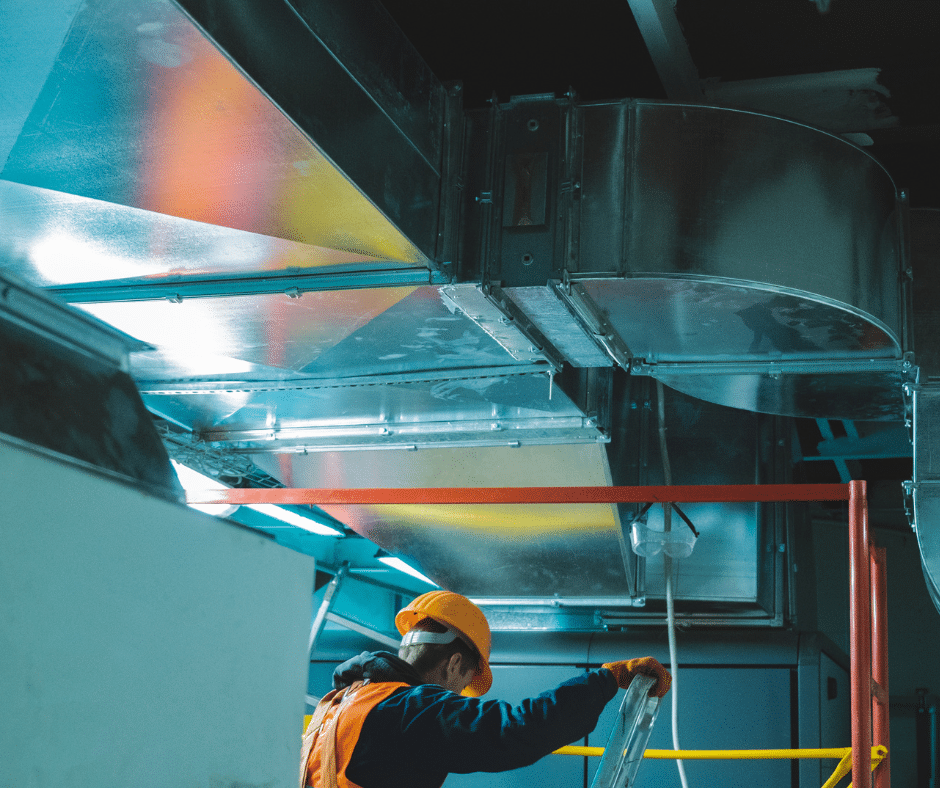In a world where smart buildings and building automation are more and more present, improvements in HVAC systems’ hygiene are also necessary. There’s a lot of talk about predictive maintenance, but how can this concept be applied to the HVAC hygiene industry? Let’s discover HVAC automatic inspections!
Traditional Hygienic Maintenance of Heating, Ventilation and Air Conditioning (HVAC) Systems
The most traditional duct cleaning activity involves cleaning the air systems entirely and, often, without inspecting them first, assuming that HVAC contaminations are uniform and equally distributed in every component.
In contrast to this method, there are more efficient programs: hygienic management differs from simple duct cleaning, because it allows to establish detailed inspection programs over time. For example, in Italy, at Alisea, every HVAC system in a company is analyzed and assigned a specific risk level. This allows for corrective actions to be scheduled based on the level of contamination, managing the most dangerous risks to human health immediately and spreading out less urgent corrective actions over time. This approach avoids overly invasive actions (e.g., total shutdown of all systems) or overly costly ones.
Predictive Maintenance in the HVAC Hygiene Industry: Automatic Inspections
Compared to maintenance based inspections, risk analysis and subsequent corrective actions, there has been a further leap forward: predictive hygiene maintenance of HVAC systems. This type of maintenance involves HVAC automatic inspections carried out multiple times a day, 365 days a year. These inspections are carried out through cameras installed at strategic points within the system to detect dust deposits and other contaminations, as if a technician were performing daily inspection activities. The advantages of this inspection method are many:
- by keeping the system under daily control, any contaminations can be immediately detected without having to wait for the next inspection, which could occur many months or even a year later.
- Detecting contaminations immediately allows for their management before they damage the aeraulic system, but more importantly, before they endanger the health of building occupants.
- Thanks to the cameras, the contaminated area can be precisely localized, allowing for corrective actions only in that specific area. This avoids the sanitization of the entire system, which is often not only extremely expensive but also unnecessary.
Remotair: a Matter of Safety
After taking the points above into consideration, it becomes clear why predictive maintenance of HVAC systems is so important for workplace health and safety and for the well-being of all those who regularly attend indoor places. One of the most advanced certified technologies in this field is Remotair.
Remotair performs HVAC automatic inspections and sends notifications as soon as an anomalous event occurs, allowing for immediate corrective actions. The advantage of Remotair is that, in addition to cameras, it is customizable to meet the needs of each customer, with the possibility of adding sensors for detecting microbiological contaminations, monitoring the hygienic status of filters and batteries, as well as for evaluating indoor air quality within the HVAC system.
Read our focus about indoor air quality risks in different types of buildings: Remotair will keep you safe!





